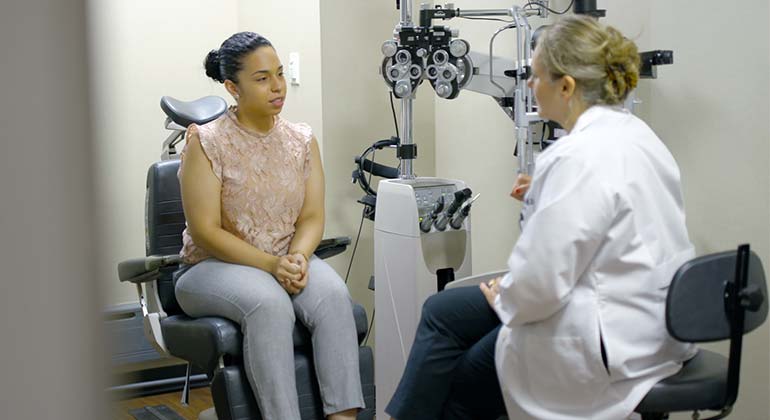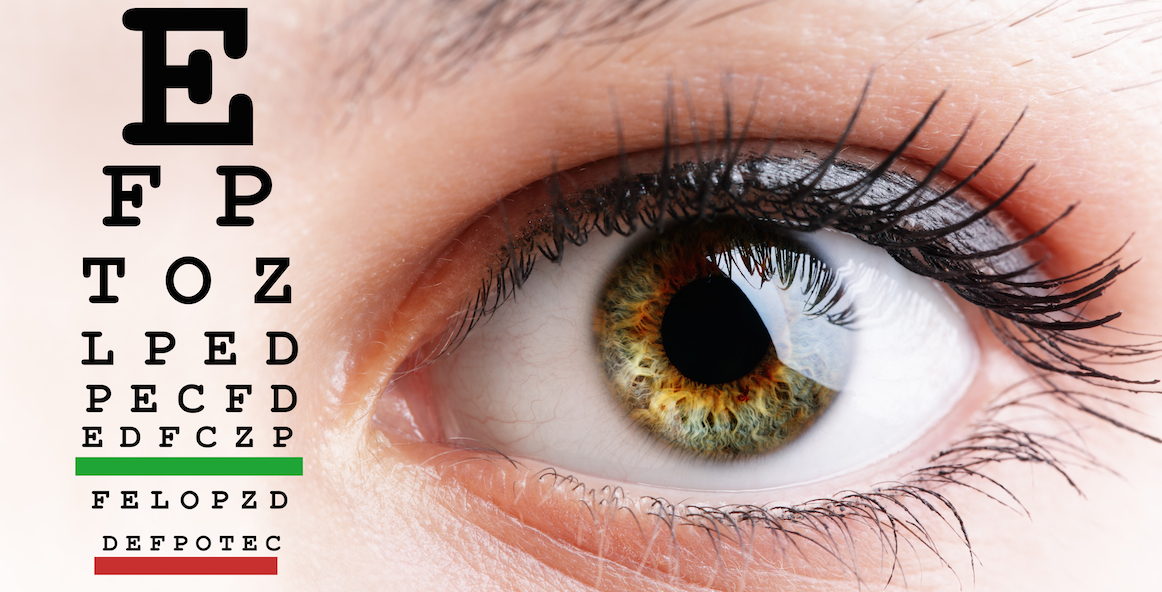Andalusia Pediatrics: Exceptional Take care of Children's Health Demands
Andalusia Pediatrics: Exceptional Take care of Children's Health Demands
Blog Article
Is Refractive Surgical Treatment Right for You? Variables to Consider for Better Eyecare
In the world of eye care, the decision to undergo refractive surgical treatment is a weighty one that requires thoughtful factor to consider. As people look for quality and flexibility from the restrictions of restorative lenses, countless factors enter play when establishing the suitability of such a procedure. From the intricacies of one's ocular health and wellness to the details of daily habits and personal expectations, each aspect holds importance in the wider landscape of refractive surgical procedure candidateship. By reviewing these crucial elements with care and precision, a clearer path towards informed decision-making emerges.
Eye Health Evaluation
When considering refractive surgery, a comprehensive eye wellness examination is crucial to assess the viability of the procedure for each individual. andalusia pediatrics. This examination entails a collection of examinations and exams performed by an eye care specialist to figure out the total health and wellness of the eyes, the presence of any kind of underlying problems, and the stability of the refractive error
Throughout the assessment, numerous elements are thought about, such as the individual's case history, existing eye prescription, corneal thickness, student size, and tear movie quality. These evaluations assist to identify any type of contraindications to refractive surgery, such as corneal problems, cataracts, or neglected eye infections. In addition, the assessment assists to manage individual assumptions concerning the possible outcomes of the surgical treatment based upon their unique eye attributes.
Inevitably, the eye health and wellness analysis is necessary in guaranteeing the security and performance of refractive surgical procedure, as it provides valuable understandings into the individual's eye health status and assists figure out one of the most appropriate treatment choices for accomplishing ideal visual results. (cardiologist andalusia)
Lifestyle Assessment
A thorough lifestyle analysis is indispensable in establishing the suitability of refractive surgical treatment for a person's aesthetic improvement demands. Way of living aspects such as profession, pastimes, and everyday activities play an important function in the decision-making process regarding refractive surgical procedure. Individuals with professions that entail a high degree of physical task or exposure to environmental components may have different aesthetic requirements compared to those with sedentary workdesk tasks. Comprehending how an individual's lifestyle might affect their vision post-surgery is important for managing assumptions and guaranteeing optimum results.
Additionally, way of life practices such as sporting activities participation, outdoor tasks, or also skin care routines can influence the healing procedure and total success of refractive surgical treatment. By performing an extensive way of life evaluation, eye care specialists can tailor their suggestions and treatment plans to satisfy the unique needs of each person, eventually leading to improved visual outcomes and complete satisfaction.
Assumption Placement

Establishing reasonable expectations entails detailed pre-operative conversations in between the patient and the eye doctor. The surgeon must transparently communicate the prospective dangers, benefits, and constraints of the procedure (eye center andalusia). Individuals need to understand that while lots of individuals attain 20/20 vision or much better following refractive surgical procedure, some may still require glasses for particular tasks like reading or driving at evening. Handling these assumptions assists prevent dissatisfaction and discontentment post-surgery, bring about a much more positive general experience for the patient.
Danger Evaluation

Variables that might increase the threat of complications include age, particular medical problems like autoimmune illness, unpredictable vision prescription, slim corneas, and unrealistic person assumptions. Additionally, picking a experienced and experienced doctor, following pre and post-operative treatment guidelines vigilantly, and revealing any kind of relevant medical background can help reduce dangers.
To decrease look these up the possibility of helpful site issues, eye doctors perform comprehensive pre-operative examinations to recognize any contraindications to surgical treatment. They likewise review the possible threats and benefits with patients during the assessment procedure. By taking part in open interaction and shared decision-making, both the person and the ophthalmologist can interact to determine if refractive surgical procedure is the right choice based on specific threat accounts and wanted end results.
Appointment Relevance
Thinking about the important duty of educated decision-making in analyzing threats and prospective issues in refractive surgical treatment, the examination procedure holds substantial relevance in assisting individuals towards optimal end results. Throughout the examination, the ophthalmologist evaluates the patient's eye health, refractive mistakes, and general suitability for surgical procedure. This first evaluation is essential in determining one of the most appropriate procedure for each and every individual, thinking about variables such as corneal density, pupil dimension, and existing eye conditions.
Additionally, the consultation works as a possibility for people to discuss their expectations, worries, and any concerns they may have concerning the surgery. Clear interaction between the person and the specialist is vital to make certain reasonable assumptions and a complete understanding of the potential dangers and advantages included.
In addition, the assessment permits the cosmetic surgeon to clarify the different medical options offered, their corresponding outcomes, and the post-operative care called for. This extensive conversation empowers individuals to make educated decisions regarding their eye treatment, leading to much better contentment and outcomes post-surgery.
Final Thought
Finally, individuals thinking about refractive surgical treatment needs to undergo an extensive eye health and wellness analysis, assess their way of life routines, straighten their assumptions with potential outcomes, evaluate description the involved dangers, and focus on appointments with eye treatment professionals. These factors play a vital duty in establishing the viability of refractive surgical procedure for each individual, ensuring optimal outcomes and complete satisfaction with the procedure.
Clients thinking about refractive surgery typically have high expectations concerning the end results, anticipating ideal vision without the need for glasses or contact lenses. While refractive surgical treatment can significantly boost vision and lower reliance on aesthetic aids, it is crucial for people to understand that results might differ based on private elements such as the degree of refractive error, corneal density, and total eye health and wellness.
By engaging in open interaction and shared decision-making, both the eye doctor and the individual can work together to establish if refractive surgical procedure is the best choice based on specific danger profiles and desired end results.
Thinking about the crucial duty of notified decision-making in assessing threats and prospective complications in refractive surgical procedure, the examination process holds substantial significance in leading individuals towards ideal outcomes. During the consultation, the eye doctor evaluates the person's eye health, refractive mistakes, and overall suitability for surgical procedure.
Report this page